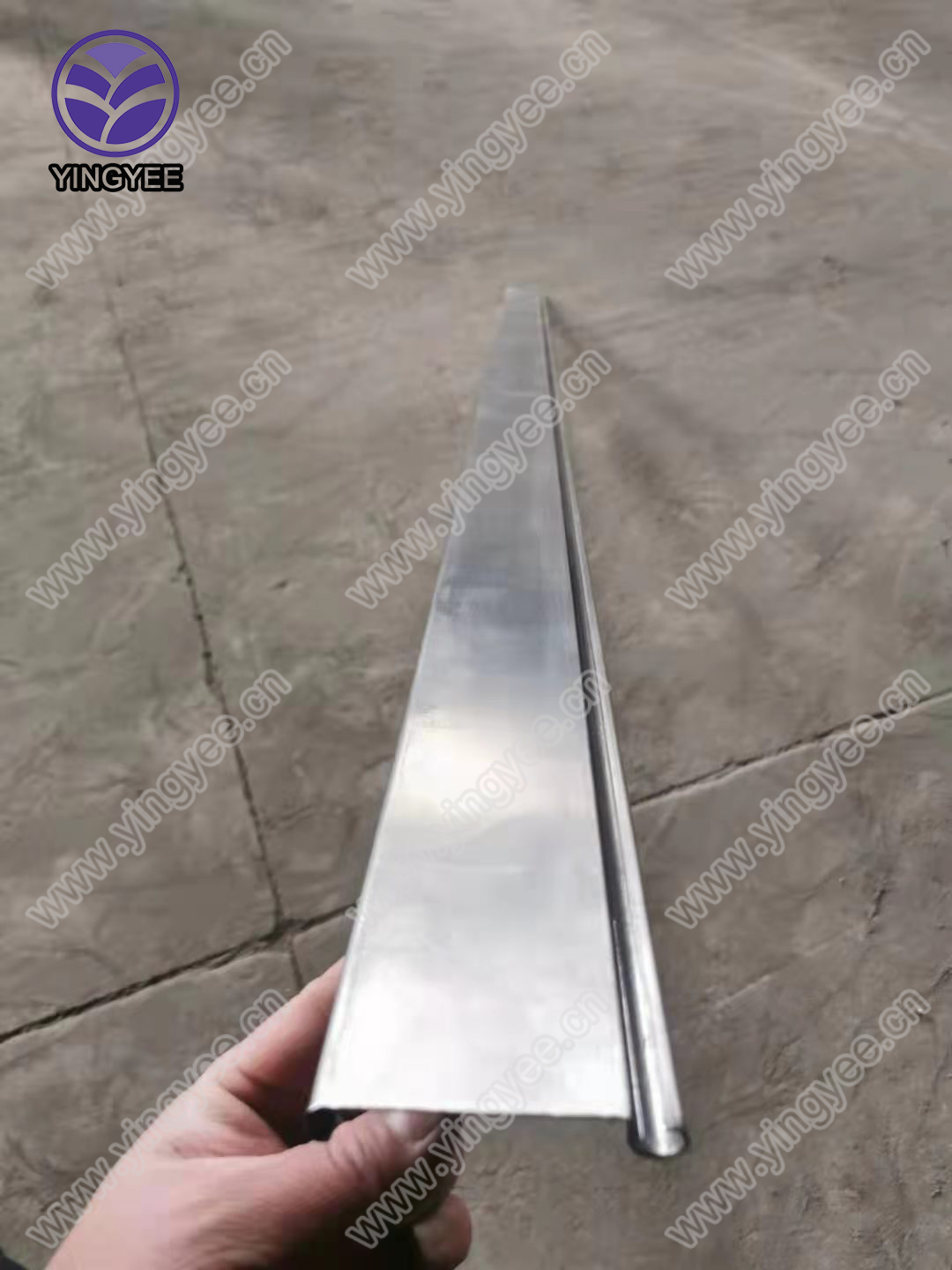
The Evolution and Importance of Corrugated Tile Making Machines
In the construction and building materials industry, the corrugated tile making machine has emerged as a vital piece of equipment. These machines are designed to produce corrugated roof tiles, which are widely used in both residential and commercial constructions due to their durability, aesthetic appeal, and affordability. This article explores the evolution of corrugated tile making machines, their importance, and their impact on modern construction.
The Evolution of Corrugated Tile Making Machines
The concept of using metal for roofing has been around for centuries, but the production of corrugated tiles in a systematic and efficient manner began in the 19th century. The invention of the corrugated roofing sheet, often made from iron and then later from aluminum and steel, paved the way for the development of specialized machines to meet growing demand.
The modern corrugated tile making machine is a result of technological advancements in manufacturing processes. Originally, these machines were manually operated, requiring significant labor and time to produce each tile. However, with the advent of automation and computerization, current machines are capable of producing high-quality tiles at unprecedented speeds. Today’s machines can cut, shape, and finish tiles with minimal human intervention, enhancing productivity and reducing operational costs.
How Corrugated Tile Making Machines Work
The production process begins with raw materials, typically coils of metal or plastic. The corrugated tile making machine takes these coils and processes them through several steps
1. Uncoiling The coil is unrolled and fed into the machine. 2. Forming The metal is then molded into the desired shape using rollers. The unique wave-like pattern of corrugated tiles is achieved during this stage, providing strength and flexibility. 3. Cutting Once formed, the tiles are cut to specified lengths using shear blades. 4. Finishing After cutting, tiles may undergo various finishing processes, including painting or coating, to enhance their appearance and protect them from environmental elements. 5. Stacking Finally, the finished tiles are stacked for packaging and distribution.
This streamlined process not only maximizes efficiency but also ensures a high level of uniformity in the products, meeting industry standards and client expectations
.
The Importance of Corrugated Tiles in Construction
Corrugated tiles serve multiple purposes in construction. One of their primary advantages is their exceptional durability. They are resistant to harsh weather conditions, including rain, hail, and extreme temperatures, making them suitable for various climates. Additionally, their lightweight nature enables easier handling and installation, reducing labor costs and time on construction sites.
Another significant benefit is their aesthetic versatility. Available in a range of colors and finishes, corrugated tiles can complement various architectural styles, from traditional to modern. As energy efficiency becomes a priority in building design, corrugated tiles can also contribute positively by reflecting sunlight and reducing heat absorption.
Furthermore, the production of these tiles using sustainable materials represents an environmentally friendly option for builders and homeowners. Many manufacturers are now using recycled materials in their corrugated tile production, showcasing the industry's commitment to sustainability.
Future Trends in Tile Manufacturing
The future of corrugated tile making machines appears promising. With the ongoing advancements in technology, the integration of smart manufacturing and IoT (Internet of Things) is likely to revolutionize the industry further. Smart machines can monitor production processes in real-time, allowing for quick adjustments and quality control, thus minimizing waste.
Moreover, the trend toward sustainable construction is driving demand for innovative materials and production methods. Manufacturers are exploring alternative materials, such as composite plastics and eco-friendly metals, to produce even more sustainable roofing solutions.
Conclusion
In conclusion, corrugated tile making machines play an integral role in the construction industry by providing a robust, aesthetic, and cost-effective solution for roofing needs. As technology continues to advance, these machines will evolve, further improving efficiency, sustainability, and quality. Understanding their significance helps stakeholders in the industry appreciate not only the process of construction but also the innovations that continue to shape our built environment.